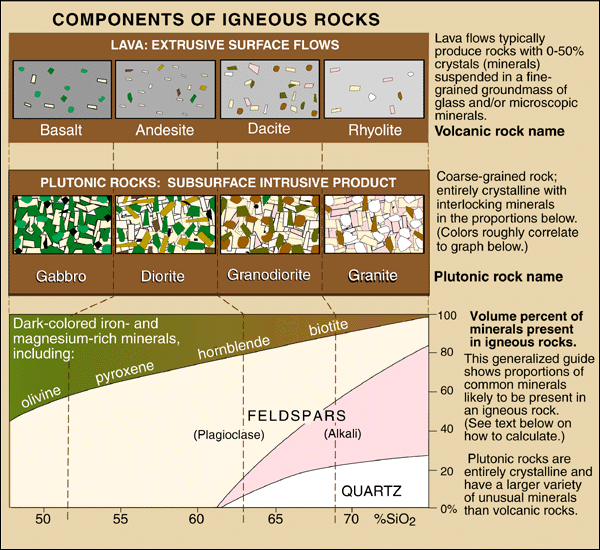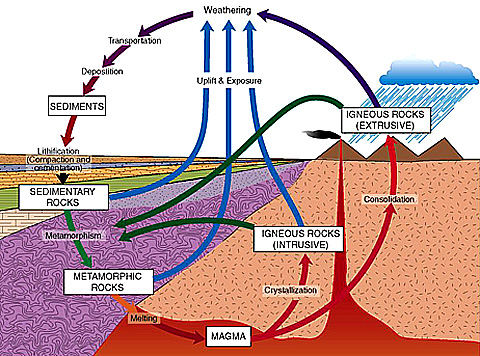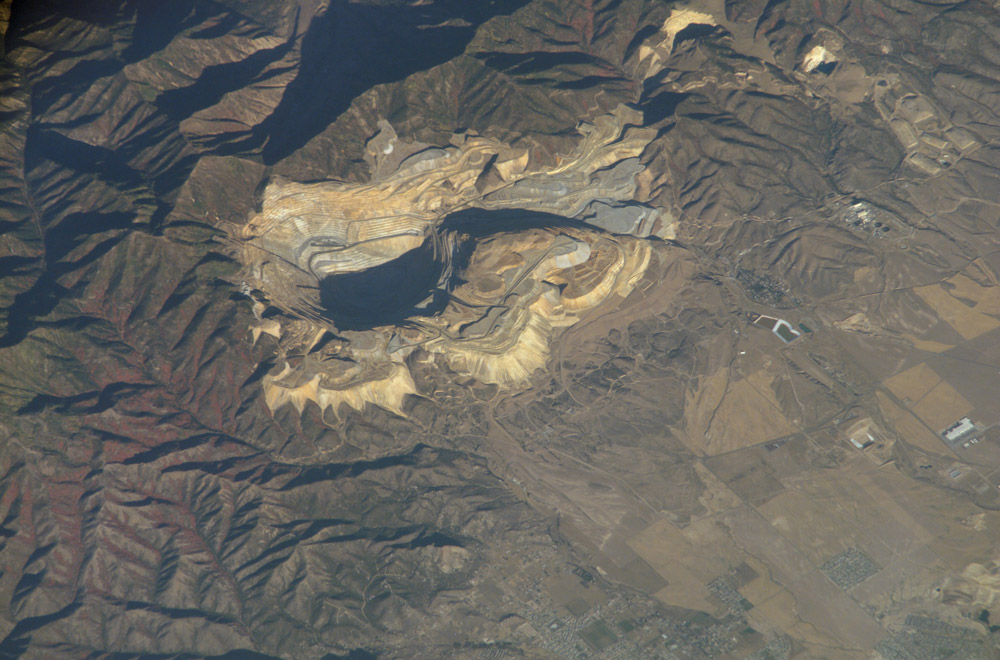 Igneous, from the root word ignite which means to catch fire! Did you know how an igneous rock is formed? Extremely hot molten rock from the deep recesses of the earth makes its way out and literally ignites everything it comes in contact with, once the liquid cools down, an igneous rock is formed.
Igneous, from the root word ignite which means to catch fire! Did you know how an igneous rock is formed? Extremely hot molten rock from the deep recesses of the earth makes its way out and literally ignites everything it comes in contact with, once the liquid cools down, an igneous rock is formed.
For starters, rocks are classified according to how they are made. There are three types of rocks, namely, igneous, sedimentary, and metamorphic.
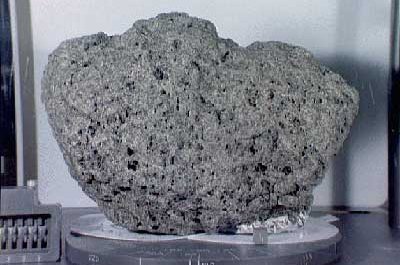 Under the Earth’s crust is the extremely hot mantle. It is interesting to note that the coolest outer part of the Earth’s mantle is around 1000°C Celsius or 1800°F. With that said, labeling the mantle as extremely hot is an understatement. The rock in this part of the Earth is molten, hot, white liquid.
Under the Earth’s crust is the extremely hot mantle. It is interesting to note that the coolest outer part of the Earth’s mantle is around 1000°C Celsius or 1800°F. With that said, labeling the mantle as extremely hot is an understatement. The rock in this part of the Earth is molten, hot, white liquid.
Magma is made up of a combination of different elements, some of which are silica, iron, potassium, aluminum, and magnesium. Aside from these, other gasses are present such as oxygen, carbon dioxide, and sulfur dioxide. These elements in turn form chemical combinations that crystallize to form 8 basic rock forming minerals: olivine, quartz, amphibole, orthoclase, plagioclase, biotite, muscovite, and pyroxene.
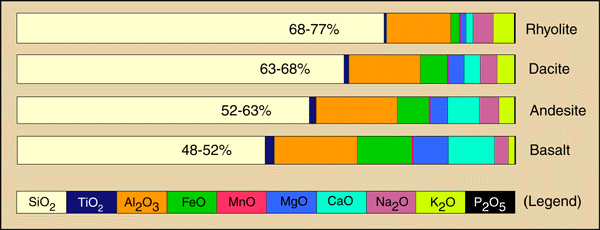 Igneous rocks come from molten magma. When molten magma cools and crystallizes, an igneous rock is formed. This event only happens above the ground, like when volcanoes erupt. Magma immediately cools upon reaching the surface, usually in days or weeks. However, when magma forms in pockets underground, it cools more slowly that could take even million of years.
Igneous rocks come from molten magma. When molten magma cools and crystallizes, an igneous rock is formed. This event only happens above the ground, like when volcanoes erupt. Magma immediately cools upon reaching the surface, usually in days or weeks. However, when magma forms in pockets underground, it cools more slowly that could take even million of years.
Rocks have always been in existence for a very, very long time. A study as to the circumstances and conditions by which these rocks were formed is one interesting read.
What are Igenous Rocks?

